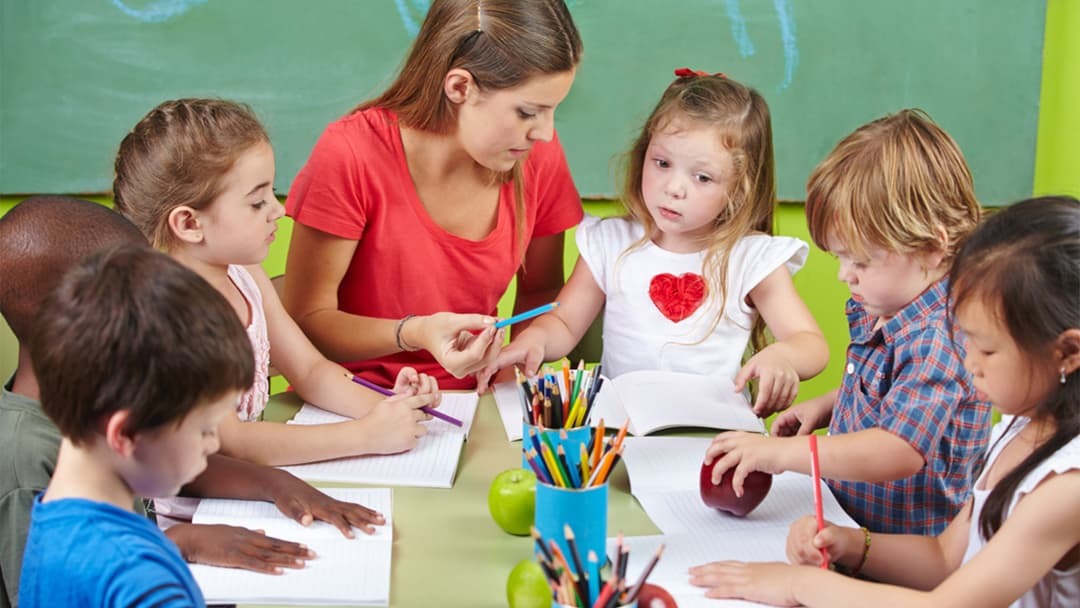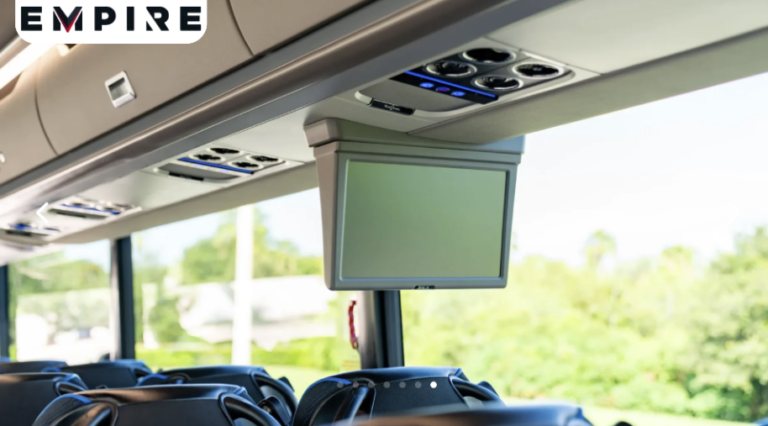Understanding How Children Become Bilingual in School Settings
Bilingualism gives children access to new cultures, perspectives, and learning opportunities. This post explores how kids develop bilingual skills in school, debunks common myths, and shares tips for supporting young bilingual learners.
Defining Bilingualism in the School Context
Bilingualism in schools often refers to students developing proficiency in two languages, typically the primary language spoken at home and the language of instruction at school. While some children enter school already speaking two languages, many are introduced to a second language after they begin formal education. The path to bilingualism is highly individual, but schools play a key role in shaping these linguistic journeys.
Multiple Paths to Bilingualism
Children become bilingual in different ways, often depending on when and how they are exposed to both languages.
- Simultaneous bilinguals grow up learning two languages from birth or before age three. This situation usually happens when parents speak different languages at home or when children are raised in multilingual communities.
- Sequential bilinguals learn one language first and add a second language later, often upon entering a new educational environment. Most children in bilingual or language immersion programs fall into this category.
Schools tend to work with both groups, using strategies that reflect a student’s prior exposure and proficiency.
The Role of School Environments
Schools can foster bilingualism through three main approaches:
- Dual language programs or immersion programs
These programs aim for fluency in both languages. For example, an English-Spanish dual language class, such as those offered at a Spanish immersion school like those in San Antonio, might split instructional time equally between the two languages, exposing all children to both and encouraging balanced development.
- Transitional bilingual education
These programs use a child’s native language to support their learning while gradually increasing instruction in the school’s primary language. The goal is often for the student to transition fully into the second language, though some retain high levels of both.
- English as a Second Language (ESL) or English Language Learner (ELL) support
Designed for students whose first language is not English (or the dominant school language), these programs focus on building English skills while supporting academic content learning.
The structure and success of these programs depend on school resources, trained staff, and community support.
Cognitive and Social Benefits of Bilingualism
Numerous studies highlight the benefits of raising bilingual children, especially within school settings:
- Cognitive flexibility
Bilingual children tend to develop improved executive function skills, such as problem-solving, multitasking, and focusing attention.
- Academic achievement
Students in strong bilingual programs often perform as well as or better than monolingual peers on standardized tests, not just in language, but also in math and science.
- Cultural awareness and empathy
Navigating two languages helps children better understand different cultures and viewpoints, encouraging inclusivity and curiosity about the world.
- Long-term advantages
Bilingualism is a valuable asset in higher education and the workforce, with tangible benefits for career advancement, global mobility, and personal growth.
Factors That Influence Bilingual Success in Schools
Not all children acquire two languages at the same rate or in the same way. Several factors can affect language development in school settings:
- Age of exposure
Younger children may acquire fluent, native-like pronunciation, but older children can make rapid vocabulary gains and grasp complex grammar rules more easily thanks to greater cognitive maturity.
- Consistency and quality of exposure
Regular, meaningful interaction in both languages, at school and at home, is crucial. Programs that involve families and provide ample opportunities for practice make the most significant difference.
- Peer and community support
Friend groups, teachers, and school culture that celebrate multiple languages help children feel proud of their heritage and confident in using both languages.
- Attitude and motivation
Children who see their language skills as valuable tend to persevere, even when learning gets tough. When schools actively show the importance of bilingualism, students are more likely to stay engaged and invested.
Common Challenges and How Schools Address Them
While the benefits are real, the road can be challenging:
- Initial academic struggles
Some students, especially sequential bilinguals, may temporarily fall behind as they adjust to new linguistic environments. Educators can help by providing scaffolded lessons, visual supports, and differentiated instruction tailored to language proficiency.
- Language mixing or code-switching
Mixing languages is natural and, for many, a sign of progressing bilingualism rather than confusion. Teachers can reinforce language boundaries gently and encourage students to stretch their abilities in both tongues.
- Limited resources
Not all schools have bilingual teachers or materials. Partnerships with families, community organizations, and digital resources can help close these gaps.
How Families and Schools Can Work Together
Families and educators both play essential roles in supporting bilingual development. Collaboration is key:
- Keep communication open with teachers. Discuss your child’s experiences at home and at school.
- Encourage the use of both languages in everyday life. Celebrate achievements and maintain a positive attitude about bilingualism.
- Make use of books, music, cultural events, and media in both languages to boost exposure and enjoyment.
Conclusion
Bilingualism in school is more than mastering two sets of vocabulary and grammar rules. It’s a dynamic process influenced by community, school structure, and the commitment of educators and families. With the right support, children can emerge from their school years not only as competent bilinguals but as more flexible thinkers and citizens of a diverse world.
READ MORE : Eco-Friendly Types of Drinking Straws | AnzhuCraft Sustainable Tableware







